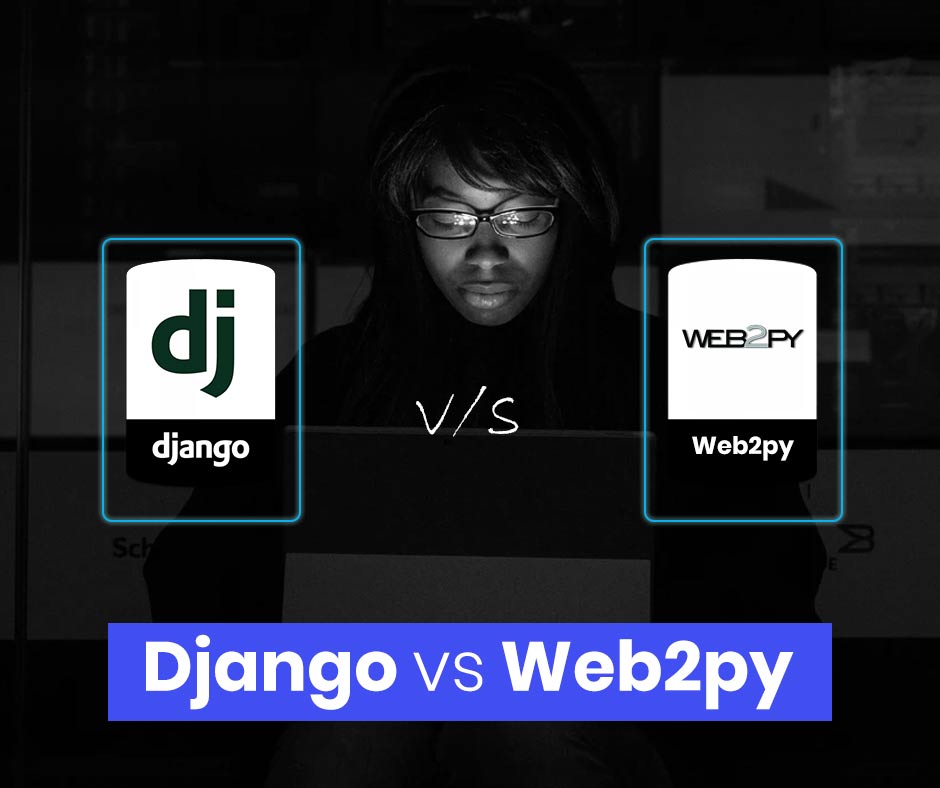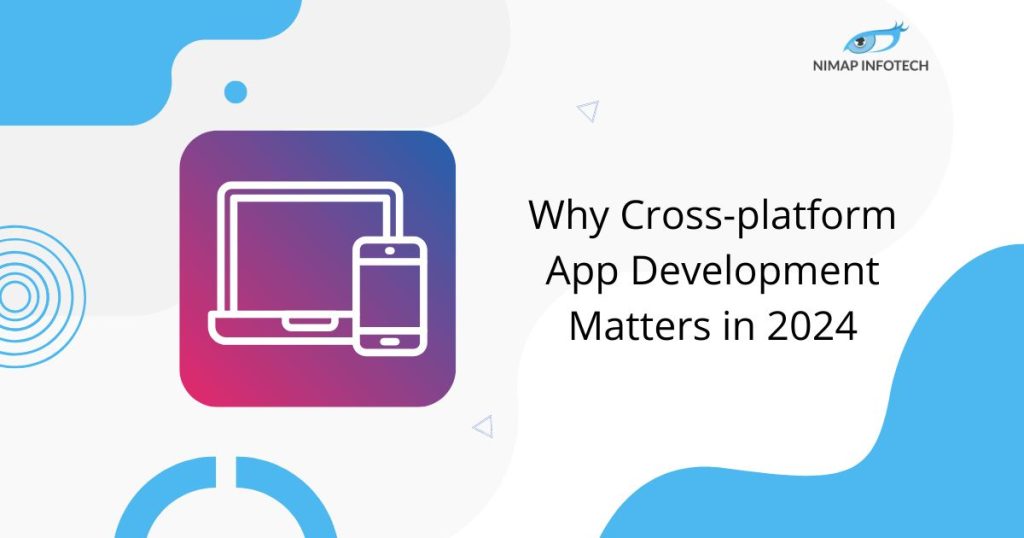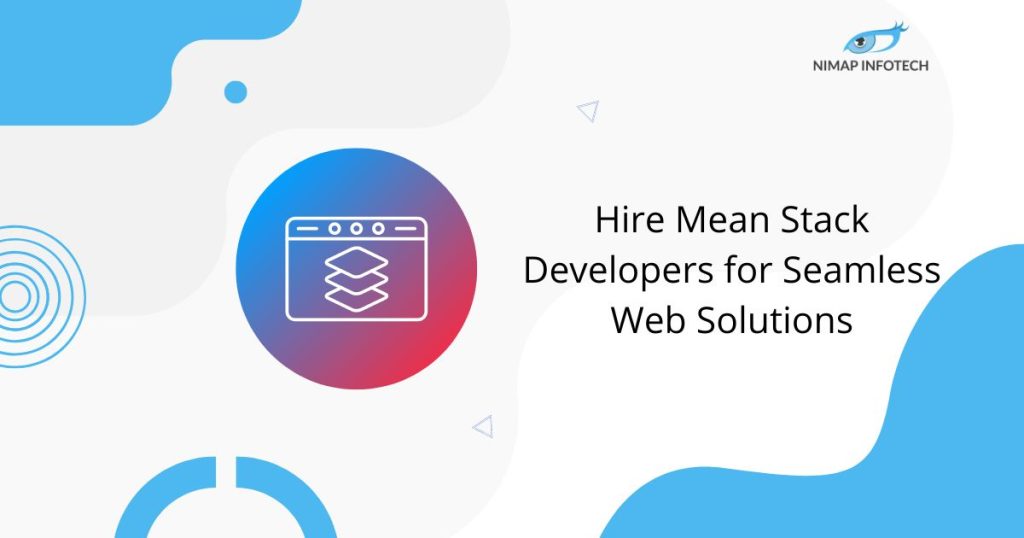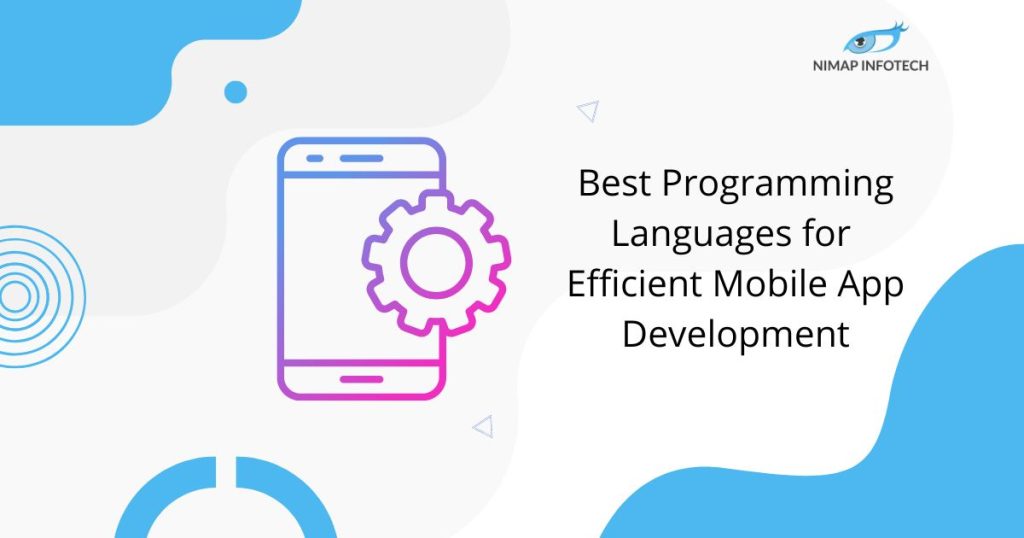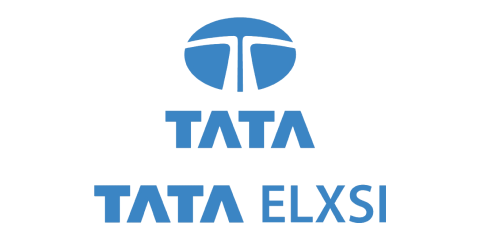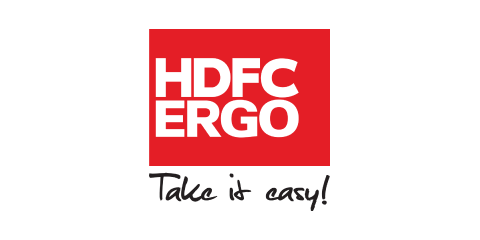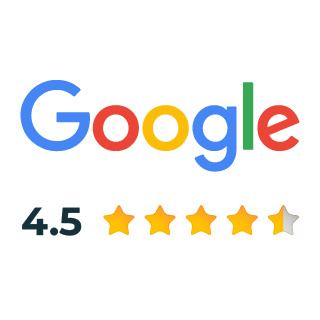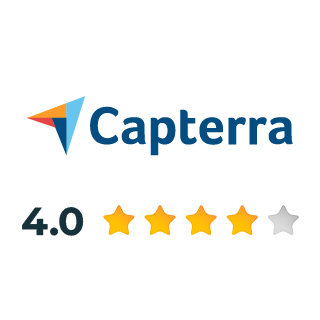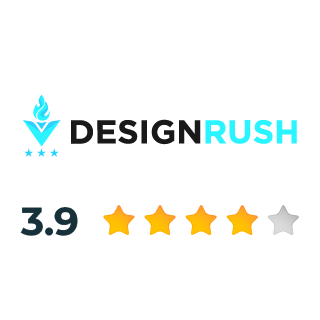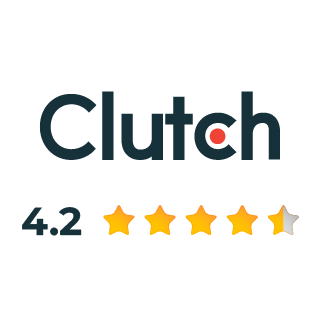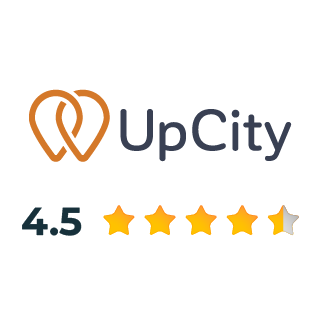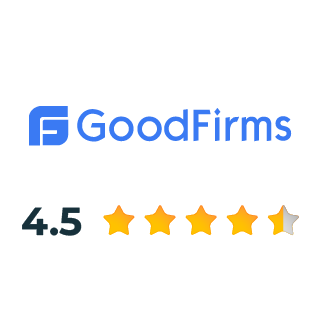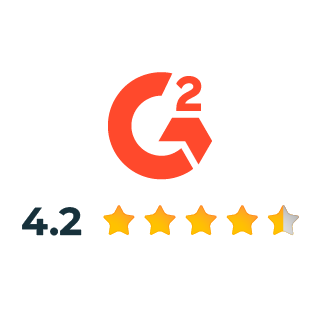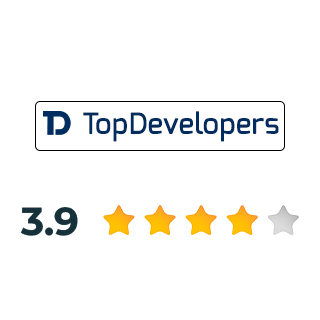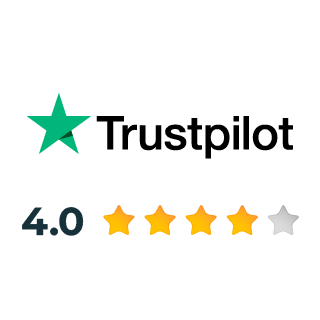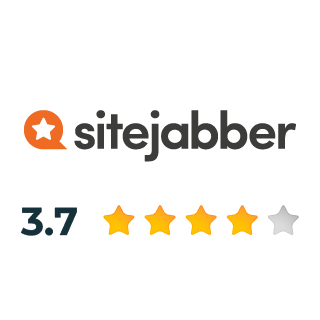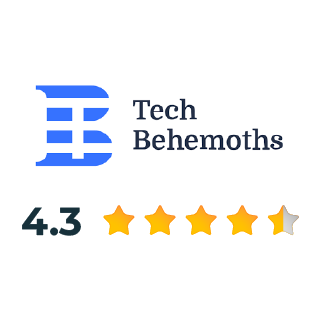Framework Overview- Django vs Web2py
When the name comes for the list of popular Python frameworks, Django tops the list. This is a high-level framework that embraces open source concepts. This framework provides a focus on rapid development and clear design. It allows you to build dynamic and clear structured applications. The framework is based on the Don’t Repeat Yourself (DRY) principle. This is exactly what it sounds like. The idea is that there is no point in writing the same code over and over again. Particularly, the framework provides a lot of features to prevent this. This makes Django one of the fastest frameworks that exist in the web development spectrum.
This makes Django one of the fastest as well as one of the best frameworks there is Django is famous for its templating features, and Object Relational Mapping (ORM) tool. It also provides features such as Class-Based Views, Admin, Routing and REST frameworks. It includes a lightweight standalone web server for development and testing.
Web2py is a scalable, open source full-stack framework for Python. This framework comes with its own web-based IDE. Web2py has no requirements for installation and configuration, has readability features for multiple protocols, and can run on Windows, Mac, Linux/Unix, Google App Engine, Amazon EC2, and any web hosting that supports Python 2.5+. Web2py is also backward-compatible. Its key features include Role-Based Access Control (RBAC), Database Abstraction Layer (DAL) and support for internationalization. It’s worth noting that the design of web2py was inspired by Django.
Web2py’s vision is “simple is better than complex” and makes it easy to write simple, clean code. On the other hand Django values “explicit over implicit” and provides the developers with more control over the design/process.
Similarities and Differences- Django vs Web2py
- Django: Django can be run together with Apache, using NGINX using WSGI, Gunicorn, or Cherokee. It also has the ability to use other WSGI-compliant web servers such as Bjoern. The ORM provided by Django is one of its key features. It’s more efficient for larger models than web2py’s DAL.
- Django uses the Object-Relational Mapper in order to map objects to database tables. The framework’s main databases are as follows MySQL, PostgreSQL, SQLite, and Oracle. Django, however, does have a fork called Django-nonrel, which supports NoSQL databases like MongoDB.
- If Django-Jython is installed, Django can run along with Jython on any Java EE application server, for example, Tomcat or Jetty.
- Web2py: Web2py services requests that are sent to Apache, Lighttpd, Cherokee, NGINX and Hiawatha using its built-in Rocket Server. It can also provide service to requests with pretty much any other web server that are out there using FastCGI, CGI, WSGI, mod_proxy or mod_python.
- Web2py comes with an API named as the Database Abstraction Layer that maps Python objects into database objects for example queries and tables. The DAL allows you to specify a particular or specific dialect for the database back-end, and then generates the SQL that you need in real-time. This means you don’t have to write SQL at all. For detailed instructions on implementing databases using the DAL, read the web2py DAL documentation.
- Web2py also supports SQLite, MSSQL, MySQL, as well as PostgreSQL for Windows. For Mac, however, it provides support only for SQLite. To use other database back-ends, web2py allows users to install the appropriate driver for the back-end in question. This means that popular databases such as FireBird, MongoDB, etc. can be used with web2py.
Recommended Read: Django vs Laravel: Which Web Application Framework to Choose?
Template
- Django: While Django also has its own Django Template language, the learning curve has proven to be pretty gentle, and it’s completely optional. Django also has template inheritance features. This means that every web app has a base template that can then be inherited by other pages. Template inheritance ensures that you maintain only one copy of your markup in the future, as opposed to multiple copies. Apart from being used to minimize the repetition of HTML to structure pages, they can also be used to minimize code in application views. Django also allows you to create your own template tags.
- Web2py: In particular, web2py has no special template language. All controls and web templates are written in pure Python. They’re also very simple to understand. Once you have the basic idea of how to write templates as views, you can start writing code.
Libraries/tutorials and the learning curve
- Django: Django has been around since July 2005, so there are several tutorials, libraries, and over 2500 packages, etc. available to you. Django also has extensive documentation that can be accessed here. For a comprehensive list of reusable apps, tools, and more please visit https://djangopackages.org. Django has a slightly steep learning curve. Because its entire system is based on inheritance, it can be quite complex for people who are new at Python or not very familiar with object-oriented programming in general.
- Web2py: Web2py was developed in 2008. While the framework has a very helpful and active society that provides free plugins, applications and a lot of tutorials, it still has significantly less support than Django. Yet this is mitigated by the fact that web2py’s overall learning curve is much easier in comparison to Django. Web2py was specifically designed as a learning tool and is astonishingly easy to set up. All that is required is that you download the web2py distribution, start-up its built-in Rocket web server, and get to coding.
Also Read: Django vs Ruby on Rails
Conclusion
Django and Web2py (Django vs Web2py) have their roots in Python. There are some advantages to using one over the other in certain scenarios. If you’re a beginner programmer, or a newbie at web dev, web2py is definitely for you. However, if you’re fluent in Python and you need to meet a close deadline, Django would be the better option. Also, for popularity reasons, if you’re a freelancer looking to land web development jobs, learning to use Django would be more suited to your needs as there are more jobs available for it.
